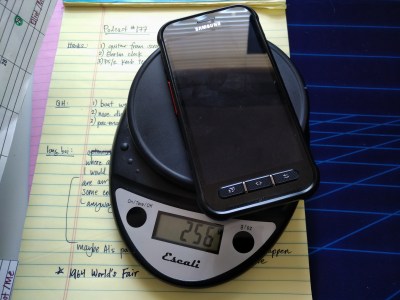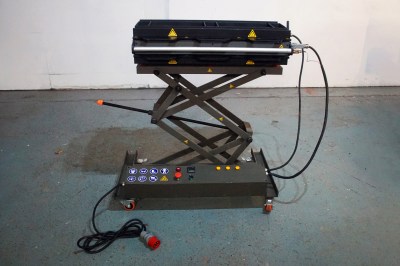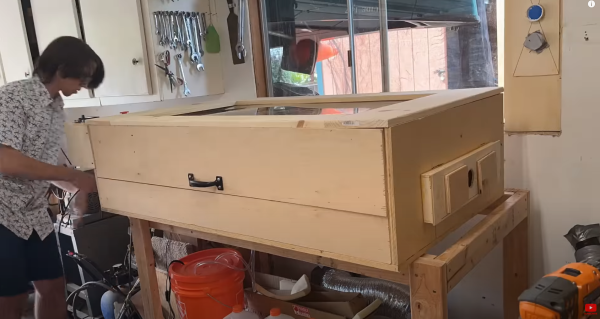Hackaday Editor-in-Chief Elliot Williams and Managing Editor Tom Nardi start this week’s podcast off with an announcement the community has been waiting years for: the return of the Hackaday Supercon! While there’s still some logistical details to hammer out, we’re all extremely excited to return to a live con and can’t wait to share more as we get closer to November. Of course you can’t have Supercon without the Hackaday Prize, which just so happens to be wrapping up its Hack it Back challenge this weekend.
In other news, we’ll talk about the developing situation regarding the GPLv3 firmware running on Ortur’s laser engravers (don’t worry, it’s good news for a change), and a particularly impressive fix that kept a high-end industrial 3D printer out of the scrapheap. We’ll also fawn over a pair of fantastically documented projects, learn about the fascinating origins of the lowly fire hydrant, and speculate wildly about the tidal wave of dead solar panels looming menacingly in the distance.
Or download the fresh bitstream yourself.
Check out the links below if you want to follow along, and as always, tell us what you think about this episode in the comments!


















